Last time we explored the Uranus Neptune cycle and the revolutions of culture and religion. In this post we’ll delve into the Uranus Pluto cycle which lasts about 127 years. The current cycle began in 1965 and we’re now approaching the trine which runs from 2026 – 2028. It enters a wide orb from 2021 and then slowly moves closer into 2026, fading out by about 2033. There are several exact alignments along the way. Here are the basic dates for your diary:
- July and November 2026
- June 2027
- January and May 2028
Settle in for another long read… ☕️
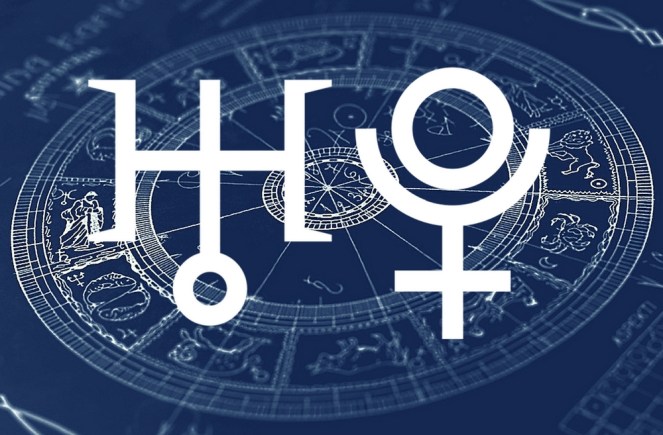
The Uranus Pluto cycle represents revolutionary and radical cultural change and technological innovation that transforms society. The cycle lasts about 127 years on average but it ranges between about 113 to 141 years in reality due to Pluto’s eccentric orbit.
Uranus represents the archetype of revolution and freedom and is associated with unexpected breakdowns and breakthroughs and innovative ideas. Pluto represents the archetype of transformation and evolution and is associated with the collective shadow, mass movements, and the drive for power.
These are revolutionary periods when everything gets shaken up and the status quo is overthrown. Uranus awakens the desire for freedom and liberates us from oppressive structures, especially those that are corrupt or no longer serve life. Pluto adds intensity and power which drives reform on multiple levels of society.
According to Richard Tarnas in Cosmos and Psyche, these periods coincide with:
- Rebellions against the establishment and a desire for freedom in many areas
- Radical social and political change, with an intensified will to create a new world
- Empowerment of revolutionary and rebellious impulses against oppression
- Spread of radical political philosophies
- Intensified artistic and intellectual creativity
- Scientific breakthroughs and experimentation that drives innovation and rapid technological advances
The revolutions that happen under Uranus Pluto aren’t just political and social, but also religious, artistic and cultural. The conjunctions are when new ideas and potentials burst through into awareness and shake up society, forcing a reaction and change. New movements and projects are initiated and then developed and challenged as the cycle unfolds.
At the opposition the revolution reaches its peak and manifests fully. It becomes established and ready to be overthrown by the next new idea or revolution with the next cycle. Breakthroughs and innovations build on one another as the cycles progress through time and ideas cross-fertilise and influence each other.
This process creates social change and the evolution of society and humanity over time, often with unexpected and unpredictable consequences. The best and the worst of what we’re capable of doing and being are brought to light – a liberating process, but not always a comfortable one.
To get a feel for how this cycle works, let’s explore some of the history. The dates below refer to the closest alignments of the planets but you can add an orb of influence of a few years either side of these dates.
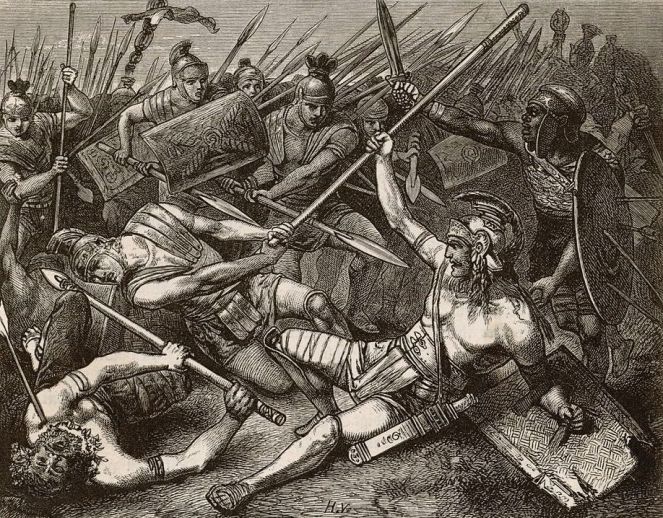
We start with the Axial Age conjunction that we’ve mentioned before, when all three outer planets were in Taurus. The Uranus Pluto conjunction in 577 – 576 BCE happened just after the Neptune Pluto alignment in 578 BCE, and overlapped with Uranus Neptune in 576 – 575 BCE. This was a key revolutionary moment that planted the seeds of many cultures, including the ideas of Buddhism, Taoism, Confucianism, and the rationalism of the pre-Socratics in Greece.
A typical Uranus Pluto revolt happened just before the conjunction of 70-69 BCE when Spartacus led a slave uprising against the Roman State in 73-71 BCE. This was the cycle in which Julius Caesar rose to power and was murdered at the square in 44 BCE. Christianity started with the birth of the radical Jesus sometime around the opposition in 6 BCE – 1 CE.
Fast forward to the conjunction in 1455 – 56 and we have the start of the printing revolution when the Gutenberg Bible was published in 1455. The printing press spread new ideas and information, becoming the driving force behind many subsequent revolutions, such as the Reformation, and the Enlightenment.
The Reformation began in 1517 when Martin Luther criticised the Church for the sale of indulgences during the trine of 1514-18. This marked the start of the rise of Protestantism which peaked at the opposition in 1538-40 when Henry VIII split from the Church in Rome and set up the Church of England in 1534, leading to the dissolution of the monasteries in 1536.
Meanwhile, the seeds for the scientific revolution were planted by Copernicus when he published On the Revolution of Celestial Bodies in 1543. But the world wasn’t quite ready for that yet.
By the square in 1566-67, Britain, Europe and America were going mad killing women (and some men) found guilty of witchcraft. The witch trials peaked between 1560 and 1630, running into the next cycle. They were encouraged in their mania by James VI of Scotland who published an instruction manual in 1597 called Daemonologie, that recommended torture. Lovely bloke. 🤬
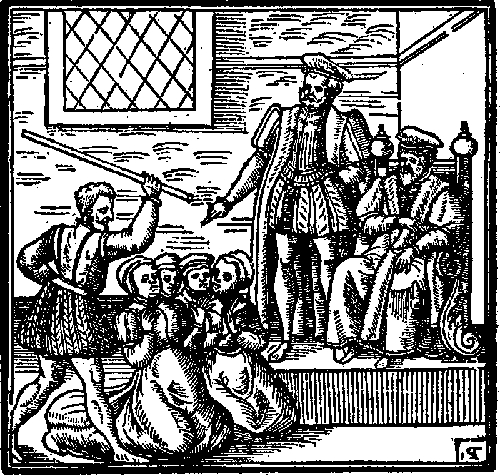
The conjunction in 1597 – 98 marked the end of the Elizabethan era and the Tudor monarchy, a golden age of creativity and innovation (unless you were a witch). Francis Bacon developed the philosophical basis for the scientific method, and William Shakespeare wrote some plays. Kepler and Galileo built on the work of Copernicus and the scientific revolution took off with the invention of the telescope.
The Stuart period of monarchs started in 1603 with James I – same as James VI above – who now ruled a unified England and Scotland. He went on to publish the King James Bible in 1611 at the semi-square.
The Stuart period lasted until the end of this cycle and was marred by conflict that exploded into civil war at the opposition in 1648-49 which coincided with the conjunctions of Saturn Pluto and Uranus Neptune. There were also revolts and revolutions across Europe, and in China, and a serf uprising in Russia.
The English Civil War in 1642-49 was a period of social, political and religious upheaval, made worse by the cold weather of the Maunder Minimum. The Puritans rose up to end the tyranny of Kings and beheaded Charles I in 1649. But the disruption continued under the new tyranny of Oliver Cromwell – who banned Christmas, amongst other things. 🎄
It wasn’t just the Puritans agitating for change. There was a huge number of revolutionary groups sharing ideas, including the Levellers, Ranters, Diggers, and the Quakers. Their ideas, including the sovereignty of the people and representative government, freedom of the press, and religious tolerance, would spread widely in later cycles.
There was another rash of witch trials and burnings during the English Civil War, but the Age of Enlightenment was on the way. Descartes published his hugely influential Discourse on the Method in 1637, and Principle of Philosophy in 1644, giving birth to the Age of Reason which really took off in the next cycle.
By the waning sextile in 1689-90, Newton was working on the mathematical principles of physics and published his Principia in 1687 on the laws of motion and gravitation. His work on light was published in Opticks in 1704 as the next cycle drew close.

The conjunction in 1710 – 11 saw the early roots of the Industrial Revolution with the first steam engine and the first use of coal for iron smelting in 1709. The Enlightenment arrived and ideas from the last cycle about the power of the individual and the need for freedom exploded in popularity. People questioned the divine right to rule of monarchs and pushed hard against the power of the Church.
Voltaire was writing about democracy and overthrowing the power of kings, and got himself locked up in the Bastille for his trouble. But he wasn’t alone, and by the square in 1755-58, Rousseau was writing about freedom and communion with nature. He published The Social Contract in 1762, and coined the phrase:
“Liberté, Égalité, Fraternité”
The American Revolution of 1775-83 started just before the sesquiquadrate in 1777-79, and America declared independence from Britain in 1776. By the opposition in 1792–94, the French Revolution had erupted and ran from 1789-99, inspired by the work of Rousseau and Voltaire. This time it was Louis XVI who lost his head in 1793 when the revolution became a bloodbath in the Reign of Terror. The power of the aristocracy was destroyed and the middle classes began to rise and demand the right to free thought and speech.
The revolution stirred up calls for the end of slavery, with Denmark becoming the first nation to abolish the slave trade in 1792. It was abolished in the French colonies in 1794, and William Blake’s engravings of slave life published in 1796 inspired many to continue the fight for freedom for all.
Many of Blake’s other works were created during this revolutionary period, including The Marriage of Heaven and Hell which rebels against both the Church and the industrial revolution. Feminism also started to rise at this time and Mary Wollstonecraft published A Vindication of the Rights of Woman in 1792 where she said:
“I do not wish [women] to have power over men, but over themselves.”
At the waning square in 1820-21, along with the Uranus Neptune conjunction, the industrial revolution was picking up speed. Charles Babbage created his Difference engine in 1822, an early forerunner of the computer, and in 1825 the first public railway opened in the UK between Stockton and Darlington. 🚂
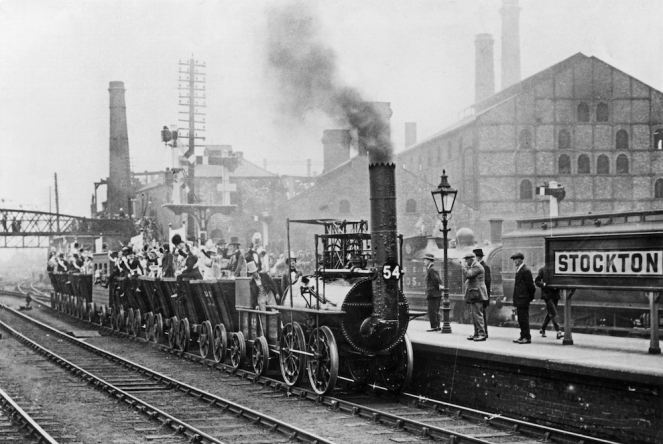
The last complete cycle started with the conjunction in 1850 – 51 when the Industrial Revolution took off and the machines started to take over. The development of the railways led to the need to standardise time around 1847. Up until then, towns and villages in the UK kept their own times using sundials and the like. But this caused problems with timetables and scheduling.
So the boffins at the Royal Observatory at Greenwich agreed a standard time, known as Greenwich mean time. This was eventually sent out via telegraph to America in 1866 during the sextile, and was adopted worldwide in 1884 at the trine, bringing the whole world under the sway of a London clock! 🕰
The conjunction also coincided with a wave of revolutions in Europe in 1848-49, as well as in China, Japan, and India, that brought an end to the traditional order of those societies. The people wanted national independence and sought to overthrow governments through radical political movements.
The growing middle class added fuel to the industrial revolution and the spread of capitalist ideas, and the new industrial society was fast becoming another tyranny with an underclass of workers rather than serfs. This dehumanising industrial system gave rise to socialist uprisings and the demand for equality. Marx and Engels published The Communist Manifesto in 1848, and the same year saw the first Women’s Rights Convention at Seneca Falls, New York.
Slavery became an issue again when the American Civil War began in 1861 at the semi-sextile in 1860. It divided the nation between north and south, and ended in 1865 at the semi-square with the Civil Rights Act which abolished slavery.
The sextile in 1868-69 coincided with the Uranus Neptune square when many technological breakthroughs happened. Communications began to get faster when the first transatlantic telegraph cable was laid in 1866. The same year saw the zoetrope, an early forerunner of film, with flipbooks coming out in 1868.
By the square in 1876-77 there were breakthroughs in the use of electricity with the invention of the lightbulb by Joseph Swann in the UK in 1878, and by Edison in the US in 1879. Swann’s house was also the first to have working lightbulbs installed. The telephone was invented by Alexander Graham Bell in 1876, and the phonograph by Edison in 1877, and film came a step closer when Eadweard Muybridge projected a series of horse photographs using a zoopraxiscope in 1880.
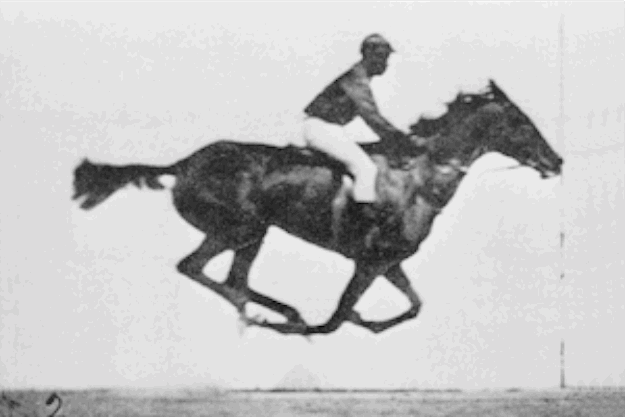
As the trine of 1884-85 drew near, the first coal-fired electric power station began operating in London in 1882, and cities around the world were soon being electrified. The first skyscraper was built in Chicago in 1885 using a steel-frame structure, and the expansion continued upwards.
Meanwhile, Nietzsche published Thus Spoke Zarathustra in 1883 announcing the death of God and 200 years of nihilism. He could see the writing on the wall for Western civilisation, even as it expanded.
But the developments kept coming through the late 1880s as the sesquiquadrate and quincunx flew by. The first Kodak camera in 1888 made photography available to anyone, and breakthroughs in celluloid technology allowed the Lumiere brothers to project short films onto a screen. They had their first commercial screening in 1895, just before the opposition.
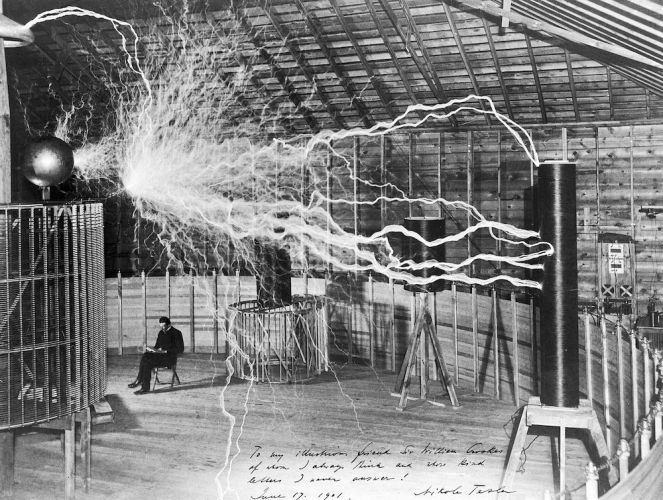
The opposition in 1901-2 overlapped with the Uranus Neptune opposition by orb and there was a huge outpouring of new ideas and advances in radio, film, automobiles, and the cathode ray tube. The Zeppelin airship was invented in 1900, and the Wright brothers achieved the first powered flight in 1903.
The quantum revolution in physics started with Max Planck in 1900, and Einstein published his theory of special relativity in 1905. Psychoanalysis and depth psychology was revolutionised by Freud and he published his work On Dreams in 1901, and his theories on sexuality in 1905.
The women’s movement grew and became more militant with the arrival of Emmeline Pankhurst and the Suffragettes. The International Women’s Suffrage Alliance was formed in 1904, and Marie Curie became the first woman to win the Nobel Prize in 1905 for her work discovering radioactivity. In South Africa, Gandhi started his civil disobedience movement arguing for equality and freedom, which he later took to India.
Progressive labour movements were also on the rise and socialist parties were formed in England, France, and the US. In Russia, Lenin and Trotsky started the Bolshevik movement and participated in the failed Russian Revolution in 1905. They overthrew the tsar in the October Revolution in 1917 and formed the Soviet Union during the sesquiquadrate, along with the Saturn Uranus opposition and Saturn Neptune conjunction.
Meanwhile, the first World War tore Europe apart and the old order started to disintegrate.
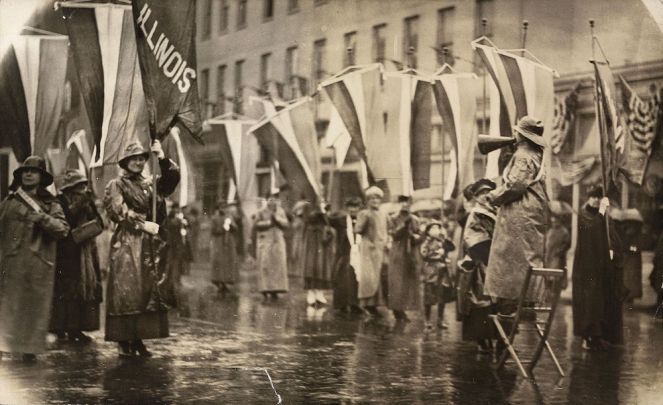
During the trine in 1921-22, Stalin rose to power in the Soviet Union, Mussolini founded the Italian Fascist Party, and on the other side of the world, the Chinese Communist Party was formed. But the movies were getting exciting with the development of sound and the birth of the talkies in the first commercial screening in 1923.
Fascism continued to spread in Europe during the square in 1932-34 with Franco in Spain and Hitler becoming Chancellor of the Nazi Party in Germany (founded under the trine). Stalin’s mismanagement led to a famine that killed millions in the Soviet Union, while in China, Mao led the Long March of the Red Army. In the US, Roosevelt introduced the New Deal in 1933 to stop the Great Depression.
By the sextile in 1943-44 (with the Uranus Neptune trine), the world was at war again. The fighting focused minds and led to many breakthroughs, such as nuclear physics and atomic weapons, the start of the space race and supersonic flight, the first programmable computer built to crack German codes, and the transistor and mobile telephones.
Meanwhile, in India, Gandhi demanded independence from Britain in 1942 and increased his civil disobedience campaign, finally winning in 1947. He was assassinated a year later as the semi-square of 1949 moved closer. In China, Mao succeeded in his communist revolution and declared the People’s Republic of China in 1949.
There were similar transformations happening in other parts of the world too and a lot more can be said about the whole thing. You can explore on the Historical Ephemeris site here. I also recommend Cosmos and Psyche by Richard Tarnas. For in-depth historical analysis visit the Cycles of History site – Uranus Pluto section here.

Now we come to the current cycle which runs from 1965 – 2104. We’re now moving towards the peak of this cycle so things could get interesting, although they probably won’t develop in the ways we’re imagining now. Here are the dates for the first half of the cycle:
- Conjunction in 1965 – 1966 in Virgo
- Sextile in 1995 – 1997
- Square in 2012 – 2015
- Trine in 2026 – 2028
- Opposition in 2046 – 2048
So far, this cycle has seen the pace of change go through the roof and it’s not going to slow down. The conjunction in 1965-66 coincided with the Uranus Neptune sextile marking a major revolutionary turning point and a radical transformation of culture.
In China, the failure and famine caused by Mao’s Great Leap Forward was followed by the Cultural Revolution in 1966-76 informed by his Little Red Book, the manifesto used by revolutionaries to purge unbelievers. China’s traditional culture and relics were destroyed and millions were massacred, humiliated or driven to suicide.
Elsewhere, there was a huge rise in civil rights movements, black power, and peace protests, including those led by Martin Luther King, Malcolm X, and the Black Panthers. But ANC activist Nelson Mandela was imprisoned in 1964 in South Africa, and both Malcolm X and Martin Luther King were assassinated, in 1965 and 68 respectively.
Feminism took a radical turn with figures like Germaine Greer, Gloria Steinem, and the publication of The Feminine Mystique by Betty Friedan in 1963. The environmental movement was boosted by James Lovelock’s Gaia hypothesisin 1968. And the counter-cultural revolution of the hippies included consciousness-changing drugs like LSD and a growing interest in spirituality that transformed music and the arts.
The space race took off when Yuri Gagarin made the first manned space flight in 1961, and it ended with the Apollo moon landing in 1969. Edward Lorenz published a paper on chaos theory in 1963, the Big Bang theory of the cosmos was developed in 1964-65, and Bertalanffy published General Systems Theory in 1968.
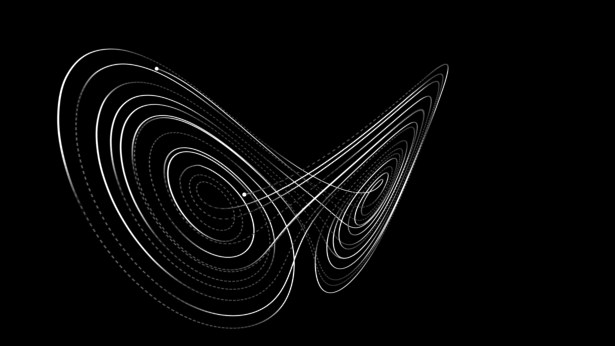
The sextile in 1995-97 coincided with the Uranus Neptune conjunction which marked the end of the Cold War and the collapse of the Soviet Union which led to many independence movements and wars. Nelson Mandela was elected president of South Africa in 1994, having been released from prison in 1990 during the Saturn Neptune conjunction. The UK handed Hong Kong back to China in 1997, and the Good Friday Agreement was signed in 1998 bringing peace to Northern Ireland.
Globalism was spreading neoliberalism and progressive ideas through mass media, the internet and mobile phones, and the dot-com bubble started to grow in 1997. The first clone, Dolly the sheep, was born the same year. 🐑
Finally, the square in 2012-15 brought revolutionary uprisings and political movements, including the Arab Spring, as well as the rise of China and India as the global balance of power began to shift. The internet exploded with social media and smart phones bringing information overload, fake news, and the loss of privacy.
But the truth also started to spread. Wikileaks was releasing documents along with other whistleblowers, like Edward Snowdon who revealed details on NSA surveillance in 2013. However, Julian Assange, the founder of Wikileaks, had to take refuge in the Ecuadorian Embassy in 2012 to avoid extradition to the US.
Obama became the first black president of the US in 2009, but the economic collapse of 2008 increased levels of poverty and inequality around the world. This led to the rise of nationalist movements against globalism and created the shocks of Brexit and Trump in 2016. And the mad plutocrats are still trying to get the equality and freedom toothpaste back in the tube.

As the old order collapsed at the end of the previous cycle, it created massive disillusionment and anxiety. The growth of postmodernism, relativism and the fragmentation of beliefs and cultures took a nosedive into nihilism. Science was replaced with the nonsense of scientism and people turned to Corporations and the State for answers.
Others pushed back and fought for their rights and freedom, but even these movements were co-opted. Communism and socialism grew at the expense of the individual who disappeared into the conformity of the Party, just like workers becoming cogs in the industrial machine. Finally, the System itself became a tyrant.
But the fight isn’t over. The seeds that were planted at the conjunction in the 1960s will bear fruit – good or rotten – at the opposition in the 2040s. So what happens next is up to us.
The coming trine will be formed between Uranus in Gemini and Pluto in Aquarius. Neptune will also be sextile to both Uranus and Pluto, along with Saturn who will provide some grounding and a reality check when he conjuncts Neptune in 2026.
The point of Uranus Pluto alignments is to awaken us to our power. They show us how we create our own future in the choices we make and how unconscious impulses can sabotage that process.
As you think, so you become. Energy follows thought. But if you’re not conscious of what you think and why you think the way you do, then your hidden and unconscious power will destroy you and the world.
Those in power aren’t awake. They’re unaware of the true nature of power and think they can control it. Instead, it controls them, via their unconscious fears, and they’re destroying themselves and everyone else in the process.
This is our wake-up call.
We need to find a more sustainable way of living together – not as defined by the current crop of ‘elite’ lunatics. We need a change of values to something humane and grounded in reality – the reality of the earth, but also of wider consciousness that embraces all beings.
“We must learn to live together as brothers or perish together as fools.” – Martin Luther King Jr.
Next time we’ll explore the alignment of Saturn and Neptune…
More 2020s Transits
Images: Spartacus; Witches; Tesla; Suffragettes; Police
Thanks for reading! To support my work, donate below 🍵. Thanks in advance! 🙏❤️


Awesome overview, Jessica. Thank you!
LikeLiked by 1 person
Thanks for a great article as always! I am fascinated by astrology but I do not understand it nearly as much as I would like to (yet). For the untrained eye (mine) it might seem as though there is always a cycle on the rise or decline and that the world is big with important events always happening somewhere. So it might be the case that we can always find something that fits into the current cycle, especially afterwards? Or are we constantly going through the same motions but with a slightly different flavor than the last time? Are there reoccurring hot spots where cycles cluster? Just some thoughts and questions that have come to mind reading your articles and astrology in general.
LikeLiked by 2 people
Lots of good questions! I’d recommend Cosmos and Psyche by Richard Tarnas – it’s a great book about how these cycles work through history and how the patterns unfold.
I touch on some of these questions in this post: https://jessicadavidson.co.uk/2017/01/09/astrological-cycles-and-the-collective-2017-2024/
LikeLiked by 1 person
Thanks! It is fascinating and, as I have understood, an art in itself to interpret it all.
LikeLiked by 2 people
“The coming trine will be formed between Uranus in Gemini and Pluto in Aquarius. Neptune will also be sextile to both Uranus and Pluto, along with Saturn who will provide some grounding and a reality check when he conjuncts Neptune in 2026. More on that soon.”
O yes, this will be huge. Especially with that Saturn-Neptune conjunction in 0 degree Aries! I’m really curious as to what ‘rough beast’ will arise from the fog.
LikeLiked by 2 people
Indeed.
LikeLike